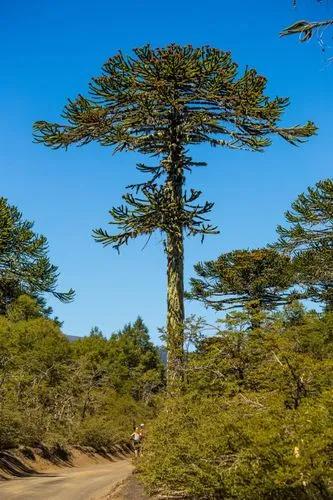Medium-sized tree with a well-shaped, ovoid crown. At first the crown is narrow, but later it becomes considerably better. Eventual height can be 20 m at a maximum. The tree has a clearly upright trunk with a yellow-white colour and a greyish hue. The triangular to ovate leaf has 7 - 11 distinct pairs of veins and is acuminate. The margin is regularly double-serrated. 'Holland' sprouts early in spring. The conspicuous, yellow autumn colouring starts early and the tree also sheds its leaves early. The male and female catkins appear with the leaf. The tree is shallow rooting with a dense root system and with many fibrous rootlets. Is susceptible to (coastal) winds.
Erman'S Birch Care
Betula Ermanii
Other names: Gold Birch, Russian Rock Birch



Betula ermanii, or Erman's birch, is a species of birch tree belonging to the family Betulaceae. It is an extremely variable species and can be found in Northeast China, Korea, Japan, and Russian Far East (Kuril Islands, Sakhalin, Kamchatka). It can grow to 20 metres (66 ft) tall.It is noted for its peeling bark, which can sometimes be removed in sheets, but usually shreds and hangs from the trunk and under branches. Yellow-brown male catkins appear with the leaves in spring. Erman's birch is widely cultivated outside its natural range. The cultivar 'Grayswood Hill' has gained the Royal Horticultural Society's Award of Garden Merit. Japanese white birch on the left, and Erman's Birch on the right Leading tree nurseries including Barcham Trees stock the species. It is consequently a frequently encountered street tree in London and other British towns and cities.
How to Care for the Plant

Popularity

23 people already have this plant 4 people have added this plant to their wishlists
Discover more plants with the list below
Popular articles






